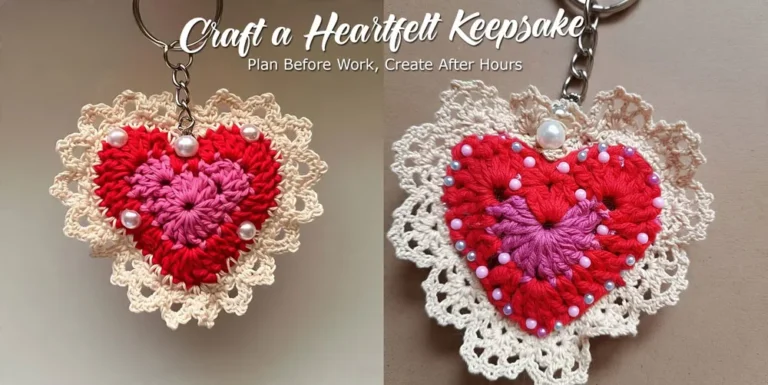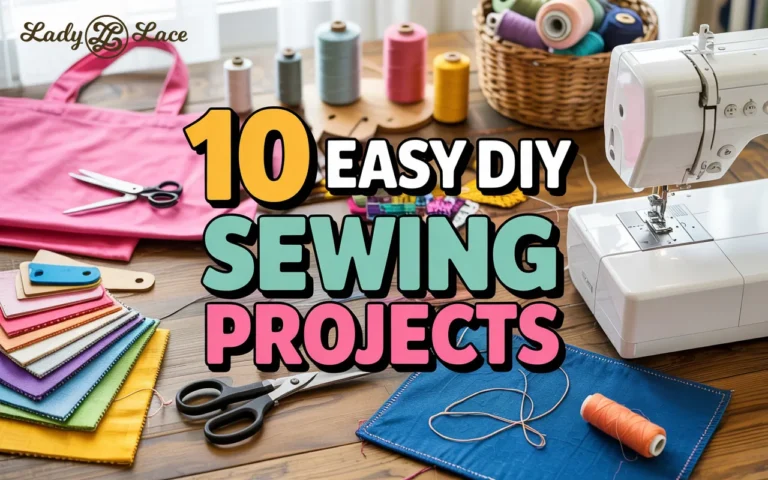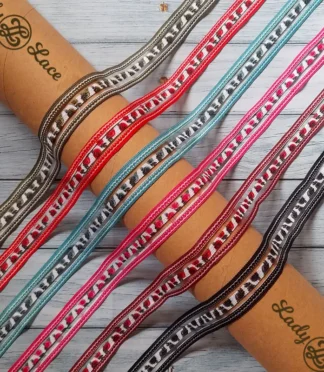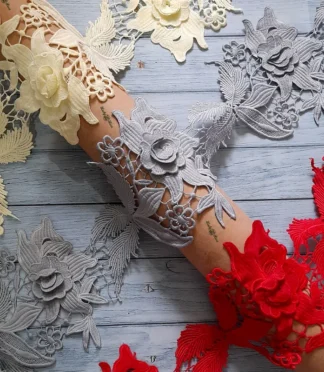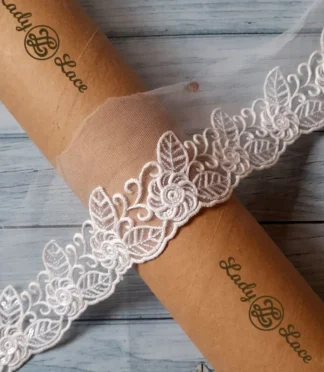Beading is a timeless craft that transforms tiny beads into stunning jewelry, intricate decorations, and wearable art. At the heart of this creative process lies a humble yet essential tool: the beading needle. Whether you’re stringing delicate seed beads or tackling a complex embroidery project, knowing how to use a beading needle can make or break your experience. In this guide, we’ll walk you through everything you need to know—step-by-step, with expert tips—to master this indispensable tool. Ready to thread, bead, and create? Let’s dive in!
What Is a Beading Needle and Why Does It Matter?
A beading needle isn’t just any sewing needle. It’s a specialized tool designed with a long, thin body and a narrow eye to glide through tiny bead holes effortlessly. Unlike standard needles, beading needles come in various sizes (typically 10 to 15), with higher numbers indicating thinner needles for smaller beads. This precision makes them a must-have for jewelry makers and crafters.
Why does it matter? Imagine trying to thread a size 15 seed bead with a chunky sewing needle—it’s a recipe for frustration! Using the right beading needle saves time, protects your materials, and elevates the quality of your work. Let’s explore how to wield this tool like a pro.
Choosing the Right Beading Needle for Your Project
Not all beading needles are created equal. Selecting the correct one depends on your beads, thread, and project type. Here’s how to make the perfect pick:
Understanding Beading Needle Sizes
- Size 10: Ideal for larger beads like 6/0 or 8/0 seed beads and thicker threads.
- Size 12: A versatile choice for most projects, including 11/0 seed beads.
- Size 15: Ultra-fine for tiny beads (15/0 or smaller) and delicate embroidery work.
Pro tip: Always match your needle size to your bead hole and thread thickness. A needle too thick won’t fit, while one too thin might snap under pressure.
Types of Beading Needles
- English Beading Needles: Long and flexible, perfect for loom work or off-loom stitching.
- Big Eye Needles: Feature a split eye for easy threading—great for beginners.
- Twisted Beading Needles: Best for scooping multiple beads at once, often used with bead embroidery.
For more on needle types, check out Fire Mountain Gems’ guide.
How to Thread a Beading Needle Like an Expert
Threading a beading needle can feel tricky at first, but with practice, it becomes second nature. Follow these steps to get started:
- Cut Your Thread: Use a sharp pair of scissors to cut a length of beading thread (like Nymo or FireLine) about 18-24 inches long. Longer threads tangle; shorter ones limit your work.
- Flatten the End: Pinch the thread’s end between your fingers or use a thread conditioner (like beeswax) to stiffen it.
- Insert Through the Eye: Hold the needle steady and guide the thread through the eye. For big eye needles, simply slide the thread into the split.
- Secure It: Pull a few inches through and knot the end if needed, depending on your project.
Short on patience? A needle threader can be a game-changer. These inexpensive tools pull the thread through in seconds.
Step-by-Step Guide to Using a Beading Needle
Now that your needle is threaded, let’s put it to work. Here’s a beginner-friendly process for stringing beads:
Preparing Your Workspace
Set up a clean, well-lit area with a beading mat to keep beads from rolling away. Gather your beads, thread, needle, and findings (like clasps).
Stringing Beads with a Beading Needle
- Start with a Stopper: Add a stopper bead or tape the thread end to anchor your work.
- Pick Up Beads: Dip the needle into your bead pile or use your fingers to slide beads onto the needle.
- Slide Down: Gently pull the thread to move beads down to your starting point.
- Repeat: Continue adding beads, checking your pattern as you go.
For a visual guide, explore this YouTube tutorial on beading basics.
Finishing Your Project
Once your beads are strung, tie off the thread with a secure knot (like a surgeon’s knot) and weave the tail back through a few beads. Add a clasp or finding to complete your piece.
Tips and Tricks for Mastering Your Beading Needle
Even seasoned beaders can hit snags. Here are some expert hacks to keep your workflow smooth:
- Use the Right Thread: Pair your beading needle with a thread like Silamide or KO for durability.
- Avoid Overloading: Don’t force too many beads onto a thin needle—it could bend or break.
- Store Properly: Keep needles in a labeled case to prevent loss or damage.
- Practice Patience: If the thread frays, trim and re-thread rather than forcing it.
Common Mistakes to Avoid When Using a Beading Needle
New to beading? Watch out for these pitfalls:
- Wrong Needle Size: Using a size 10 for tiny 15/0 beads won’t work—always double-check.
- Skipping Conditioner: Unconditioned thread frays faster, making threading harder.
- Pulling Too Hard: Excessive force can snap delicate needles or threads.
FAQ: Your Beading Needle Questions Answered
What’s the best beading needle for beginners?
A size 12 English beading needle or a big eye needle is forgiving and versatile for most starter projects.
How do I know if my beading needle is too small?
If the needle bends easily or won’t hold your thread securely, it’s likely too fine for your materials.
Can I use a regular sewing needle instead of a beading needle?
Not recommended—sewing needles have larger eyes and thicker bodies, making them unsuitable for small beads.
Where can I buy quality beading needles?
Trusted retailers like Beadaholique or your local craft store offer reliable options.
Unleash Your Creativity with a Beading Needle
Mastering how to use a beading needle opens up a world of creative possibilities. From choosing the right size to threading with ease and stringing beads like a pro, this guide has equipped you with the know-how to tackle any beading project. Whether you’re crafting a simple bracelet or an elaborate embroidered piece, the beading needle is your trusty companion.
Ready to get started? Grab your supplies, pick up a beading needle, and let your imagination run wild. Share your creations with us in the comments or explore more beading tips on !

